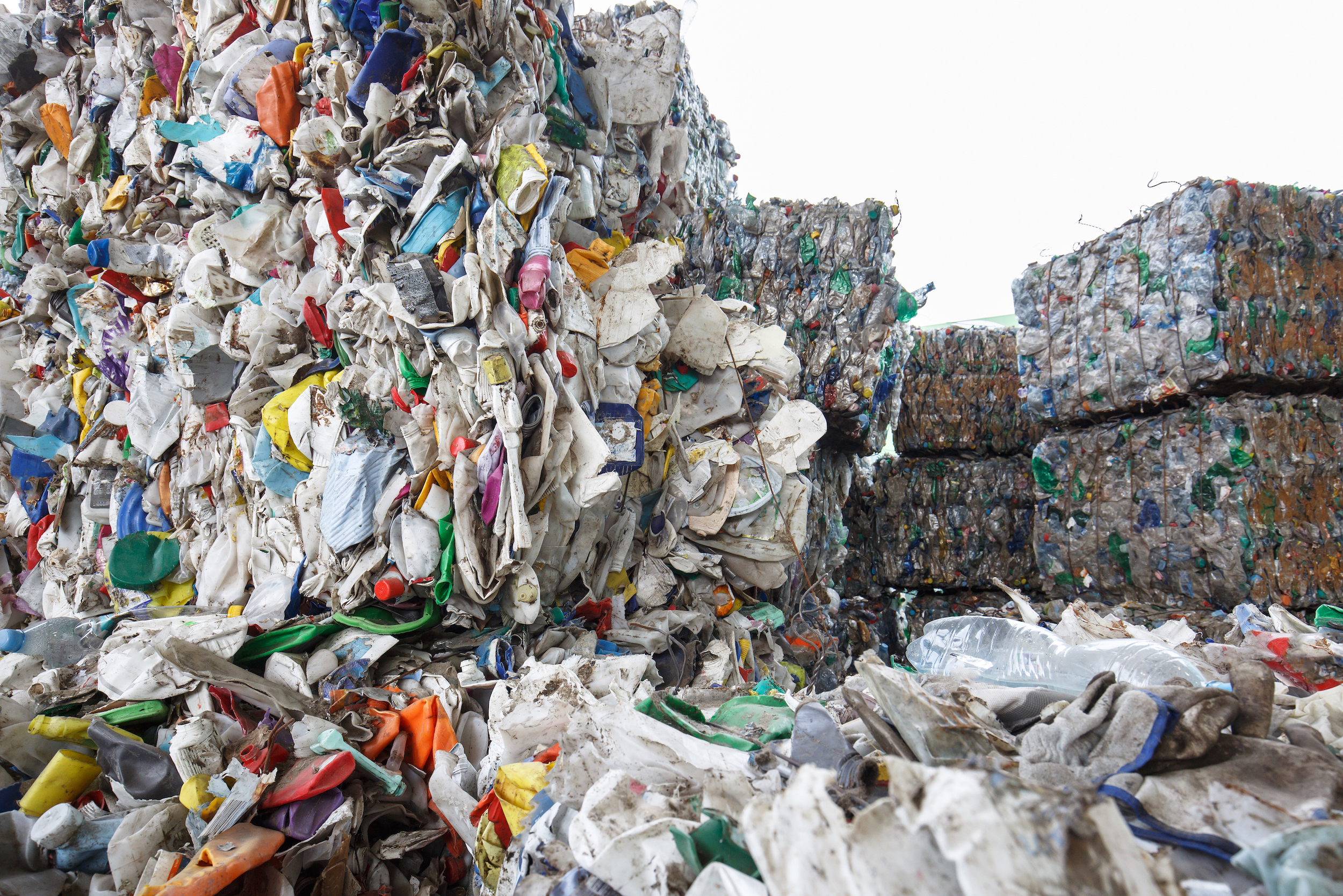The recycling of waste wood, waste paper and plastics increased sharply, and the handling of feedstock for material recycling went up by 38 percent last year.
With a total volume of 1,731,066 tonnes, Geminor consolidates its position as one of Europe’s leading waste management companies in 2021. Refuse-Derived Fuel (RDF) and Solid Recovered Fuel (SRF) still account for around 2/3 of the total volume for Geminor in Europe, which due to COVID has fallen marginally by 3 percent compared to 2020.
A decline in RDF and SRF volumes is compensated by other fractions in 2021: The handling of waste wood increased by 70,800 tonnes to a total of 382,727 tonnes, becoming the second-largest fraction for Geminor. The handling and shipment of recovered waste paper (RCP) increased by as much as 36 percent to 88,000 tonnes, while the treatment of waste plastics increased from 5,300 to 10,500 tonnes. The handling of hazardous waste went up by almost 70 percent, to 29,000 tonnes in 2021.
Simultaneously, waste management for material recycling also increased last year: In 2020 Geminor sent 166,200 tonnes of waste as feedstock for material recycling, a volume that increased to 230,000 tonnes in 2021 – a growth of over 38 percent.
CEO at Geminor, Kjetil Vikingstad, comments on the group’s results in 2021: „We are delighted to have met our target of more than 200,000 tonnes for material recycling by the year 2022. Material recycling of waste wood still constitutes the largest fraction, with 104,000 tonnes in total in 2021. In addition, RCP increased to almost the same volumes as wood. Our investment in waste plastics for chemical recycling continues, essentially in cooperation with our partner Quantafuel.“
Geminor operates in nine countries in Europe and follows the markets closely. „2021 was a turbulent year for the waste industry in Europe“, says Vikingstad.
„The COVID-year 2021 has been another challenging year for the European waste industry in terms of volumes, logistics, transport, and varying market mechanisms. The RDF market, in particular, has differed with lower volumes in circulation due to reduced exports from countries such as the UK and Finland. At the same time, other countries have experienced growth – such as Poland, Denmark, and Italy – which has helped obtain a balance in the market“, concludes Vikingstad.






